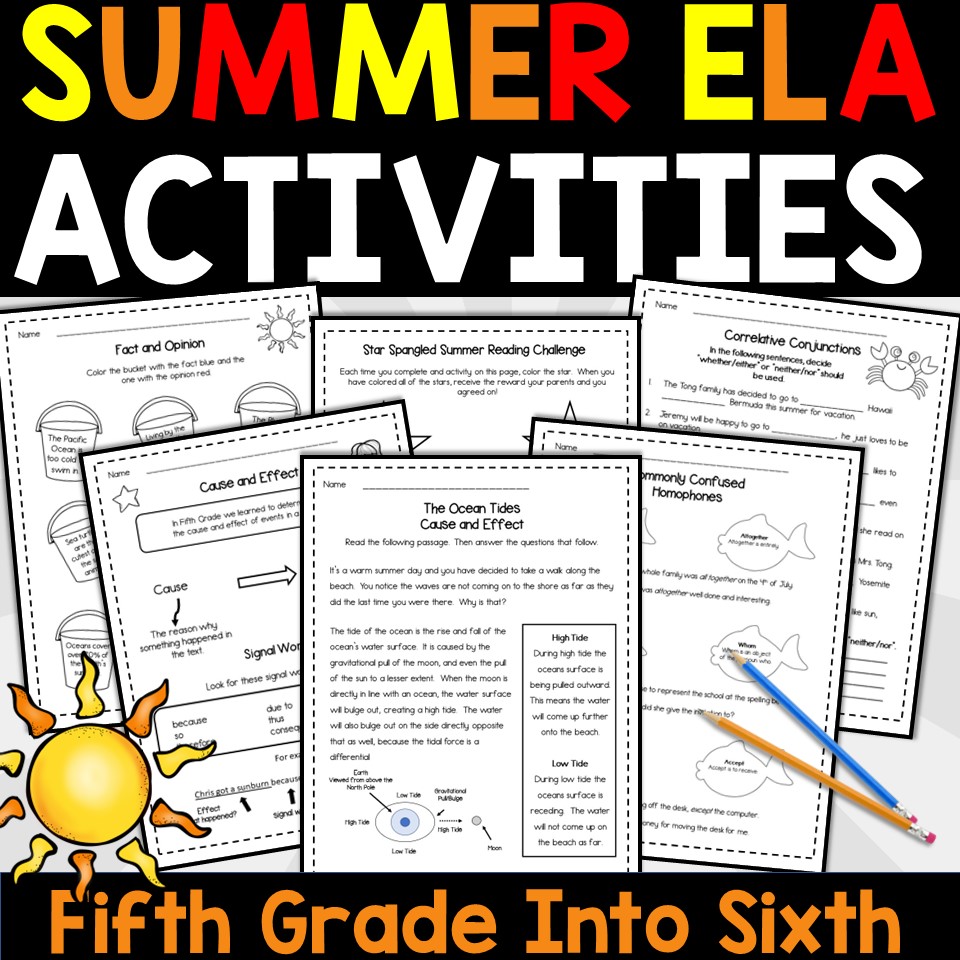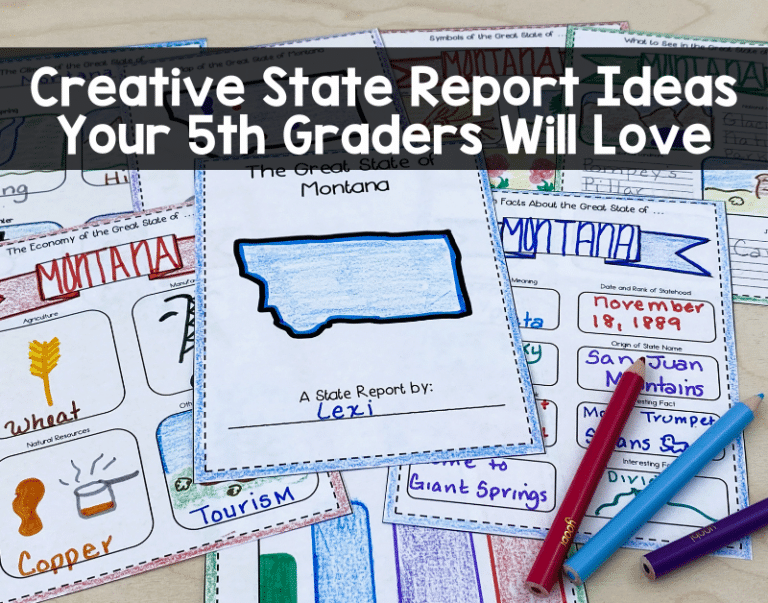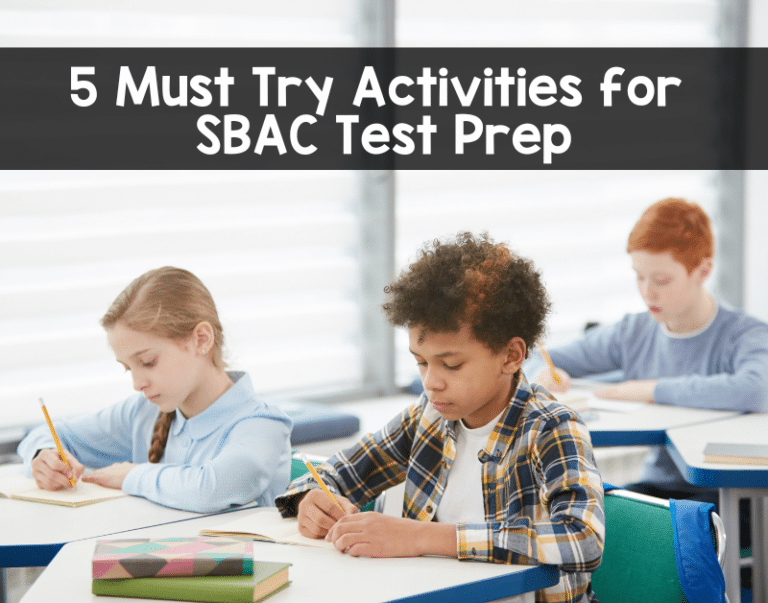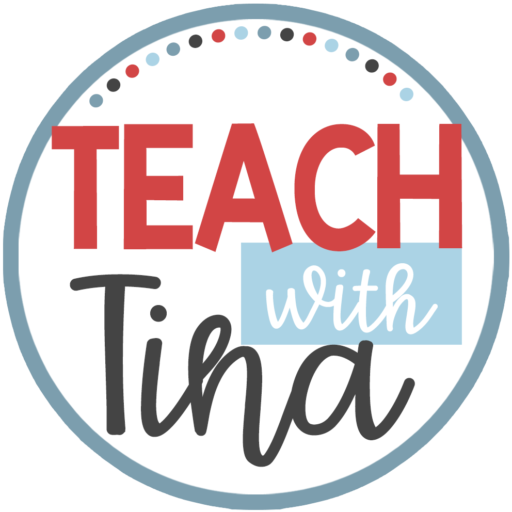Welcome Summer!
A time when the days are long, and the living is easy!
During summer break, most children will lose up to two months of reading, writing, and math skills.
So, how can we keep our children’s minds active and engaged without losing our own?
Here are 34 fun summer learning activities for elementary students to keep your children learning this summer.
Grab this FREE Printable Summer Learning Bingo Sheet to help your children get started!
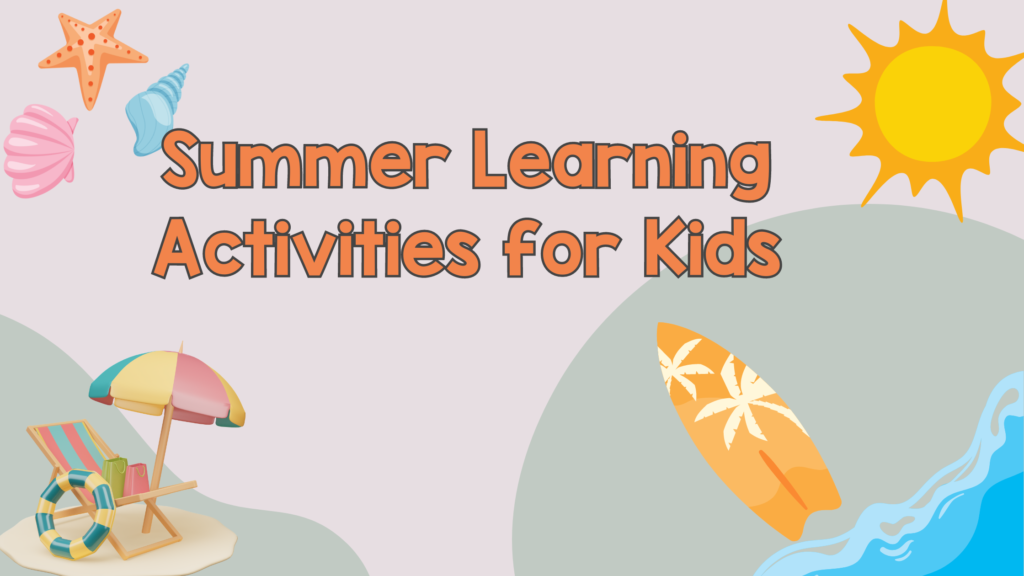
Reading
Reading is by far one of the best summer learning activities for elementary students!
- Set aside 20 – 30 minutes of quiet, uninterrupted time for your child to read every day.
- Let your child choose the reading material. Remember, “Easy reading makes reading easy.” It’s okay to let your child read “easy” books, fun magazines, picture books, novels, or even poetry books.
- Read a book together. Take turns reading aloud or silently. Stop and discuss the story, setting, plot, and/or characters every few pages.
- Have your child listen to audiobooks. Some kids dislike reading but may enjoy listening to a book on tape. They can even read along. You can get free audiobooks from the library or the Libby App.
- If your child is an independent reader, have them complete a written or digital novel study along with their reading. Novel studies are designed to help your child dig deeper into their reading. Most novel studies include answer keys to keep track of a child’s reading progress.
Writing
Writing can be a more challenging summer learning activity for elementary students. However, even a little writing will go a long way toward keeping your child’s skills at grade level.
- Give your child time to write without interruptions at least three times a week.
- Don’t worry about their spelling, grammar, or punctuation. The writing process’s first part is about putting thoughts down on paper. Your child can edit their writing later on. If your child prefers typing, let them write out their thoughts on the computer.
- Wondering what to write?
- Write a letter to family members.
- Write about their life in a journal
- Grab some FREE writing prompts online
- Write a story
- Interview someone
- Write a blog post about something that interests your child
Math
Math doesn’t always mean a worksheet! As a summer learning activity for elementary students, math can be done in the kitchen, on the computer, or while driving.
- Have your child earn money for chores and create a budget.
- Let them create a small business and earn money.
- Encourage your child to help you with grocery shopping. Show them how to stay within a budget, plan a few meals, and how to find which sizes of products are the best deals.
- Cook with your child. Cooking together has incredible benefits, such as adult-child connections, the passing down of family recipes, and the development of math skills.
- Make a daily schedule using elapsed time. For example, “We need to be at the baseball field by 10:00. It takes 25 minutes to get there. What time should we leave?”
- Color by Codes (or Color By Numbers) and Math Mazes are a fun and independent way to practice math skills.
- In addition to being a fun way to practice math skills, digital self-correcting math practice is also a great way to make math more interesting.
- Encourage your child to play board and card games. Rolling the dice, adding up card totals, and taking turns are great family math activities.
Art
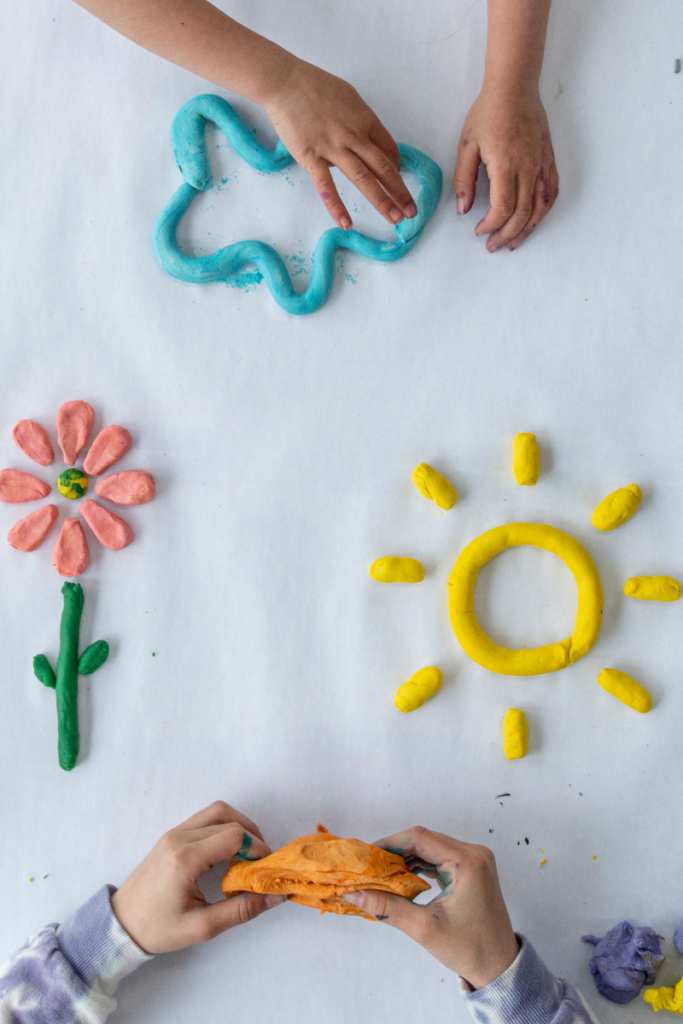
Art does not have to be complicated! Children rarely get the chance to create something without being given instructions. Summer is the perfect time for child-directed art.
- Blank paper and crayons are all you need. Add in colored pencils, markers, glue, and scissors as a bonus.
- Sidewalk chalk is always a fun option! Let your child and a few friends draw, and then wash it away.
- Encourage your child to try an art class.
- If your child enjoys drawing, try some YouTube tutorials. Your child learns to draw figures as well as follow directions.
- Feeling brave? Keep a tub of recyclables handy and let them create with paper, bottles, Styrofoam plates, boxes, etc. They will be busy for hours!
Physical Activity
I think we can all agree kids don’t get enough outdoor time during the school year!
- Encourage your child to free play, make up games, or play with other children without adult intervention (unless absolutely necessary)
- Go for a hike.
- Go swimming. Sign your child up for swim lessons.
- Start a garden in your yard or a container garden. Put your child in charge of watering, weeding, and harvesting the food.
- Have your child plan a picnic or barbeque. It can be something simple in your backyard or have them invite friends to a park.
- Learn to ride a bike and go riding. Attend a bike rodeo or bike safety event.
Genius Hour
The idea behind Genius Hour is to give students the freedom to foster creativity, curiosity, and a love for learning. During this dedicated time, usually one hour per week or a set block of time, students have the freedom to choose their own topics or projects to work on. They are encouraged to ask questions, conduct research, and explore various resources to deepen their understanding.
Here are some ideas for a Genius Hour:
- Learn to make a pattern or sew something.
- Invent and organize a new sport.
- Create and code a new video game.
- Create and give a TED Talk.
- Teach a skill to a younger student.
- Research a career, a university, or a business.
- Start a business.
- Learn photography.
- Write and record a song.
- Create a website.
- Create a podcast.
- Write a book.
- Find a problem that is important to your child. Then, let them research and brainstorm ways to solve it. Have them create a presentation to share their solution.
Genius Hours are child-led. Children are in charge of choosing their project, researching for needed information, making and creating a prototype or end result, and presenting it. Your role as a parent is to facilitate. If your child needs to look up something online, you help to find age-appropriate websites. If they need supplies, you can show them to the recycling bin or give them a small budget to buy supplies.
At the end of the summer, have them present their findings, ideas, or inventions. Then celebrate!
Summer Learning Activities for Elementary Students Resources
Youth Passion Projects
Youth Passion Project offers classed such as Lego Robotics, writing, World Languages, math, science, book clubs, chess, and art. All classes are FREE and are taught by an older student.
Outschool
Outschool is a fee based online teaching platform. Students can take classes in everything from math skills and reading, to learning how to invest in the stock market and aviation! Classes are online and taught by an adult. If budget is a concern, they offer scholarships.
Your Local Library
Check with your library to see what interesting summer learning activities for elementary students they may have. Many have pre-teen book clubs, reading incentives, and talks from local community members.
Teachers Pay Teachers
Teachers Pay Teachers is an online marketplace where teachers create and sell their own educational resources to other teachers. However, it’s not just for teachers!
Parents can find a slew of educational resources to help them help their children over the summer months. There are Summer Learning Packets, Math Reviews, Math Performance Tasks, and Novel Studies. Most resources have directions, an answer key, and are affordable.
Finally, don’t feel as though you need to micromanage your child’s learning over the summer. Take some time to enjoy the unstructured time and long, lazy days of summer.

